

|


|
Tamiya German Panzerkampfwagen IV Ausf.J - w/Control Unit - 48218
|
Released by Tamiya in September 16, 2023, the German Panzerkampfwagen IV Ausf.J - #48218 - comes as an assembly kit, with a compact gearbox that incorporating a small motor in the front of the hull, a pre-assembled turret rotation/barrel vertical unit in the centre, and an MC-07 unit that controls the movement at the rear. In addition to forward and reverse, and turning left and right, you can also control the super pivot turning, turret turning, and vertical movement of the gun barrel. The track uses a connected assembly system, that produces smooth movement even at low speeds.
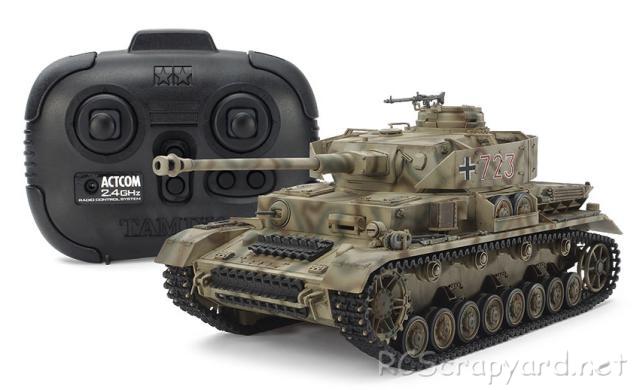
The Ausf.J, was the final production version of the Panzer IV, and was used throughout the entire period of World War II, earning the trust of the rank and file German soldiers. Known as the "war horse", the Ausf.J began production in February 1944 and was characterized by its enhanced defensive abilities and simplified equipment. The main gun is equipped with a long barrel 48 calibre 75mm gun inherited from the H Type, and a grenade launcher was also installed on the top of the turret for close combat against enemy infantry. In addition, the turret rotation motor and auxiliary engine were abolished and replaced with a manual type, and a fuel tank was added in their place, greatly increasing its cruising range. Even after new tanks such as the Panther and King Tiger were introduced, the Panzer IV Ausf.J was considered the core of the German tank force, and were in action until the end of the war.








|
|
|

|
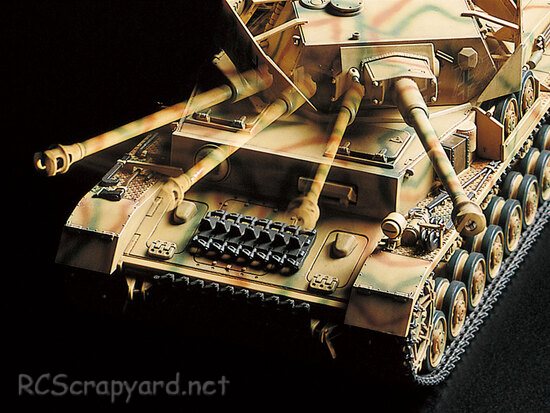
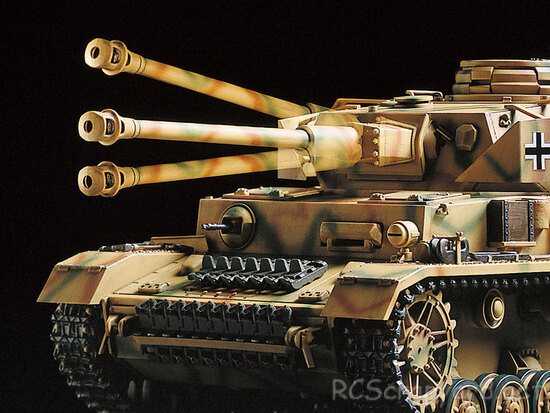
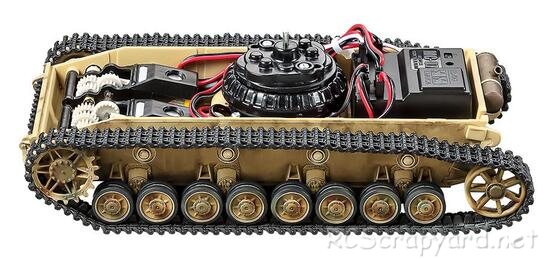
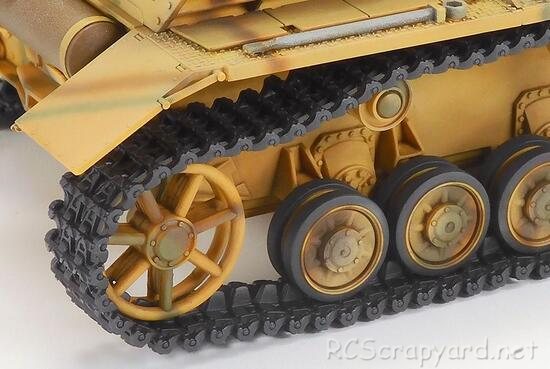
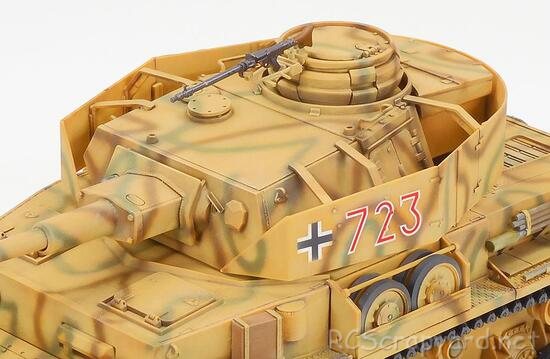
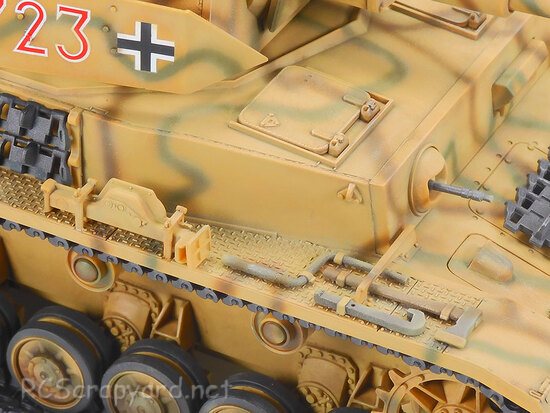
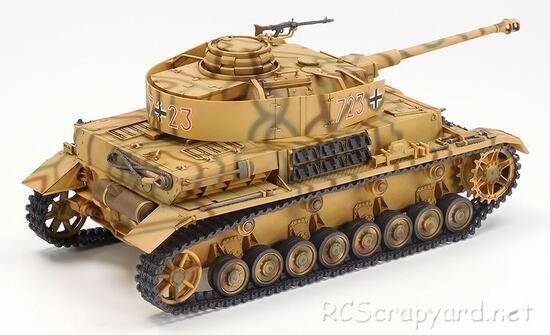
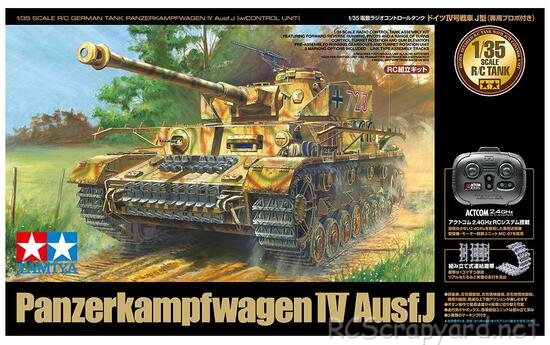
|
Hints, Tips and Information
How to avoid Radio Interference
1/ The first consideration when installing your Receiver into your Electrically Powered Model is to make sure it is well away from the Negative Battery terminal, and the Motor. The Magnetic field can cause stuttering type interference at times of high current draw (i.e., Fast Acceleration) |









|






|
|
|
|
Hints, Tips and Information
Battery Connectors
Over the years I have been racing radio controlled model cars of all descriptions, I have tried a number of different connectors for my batteries.
|
|
Hints, Tips and Information
Bearing Seals
If you were to ask anyone with a modicum of experience in RC, they will tell you that the best modification you can make to a basic RC model, is to add a set of ball bearings. |
|
RC Models:
|
Radio & Motors: |
Other
Accessories: |